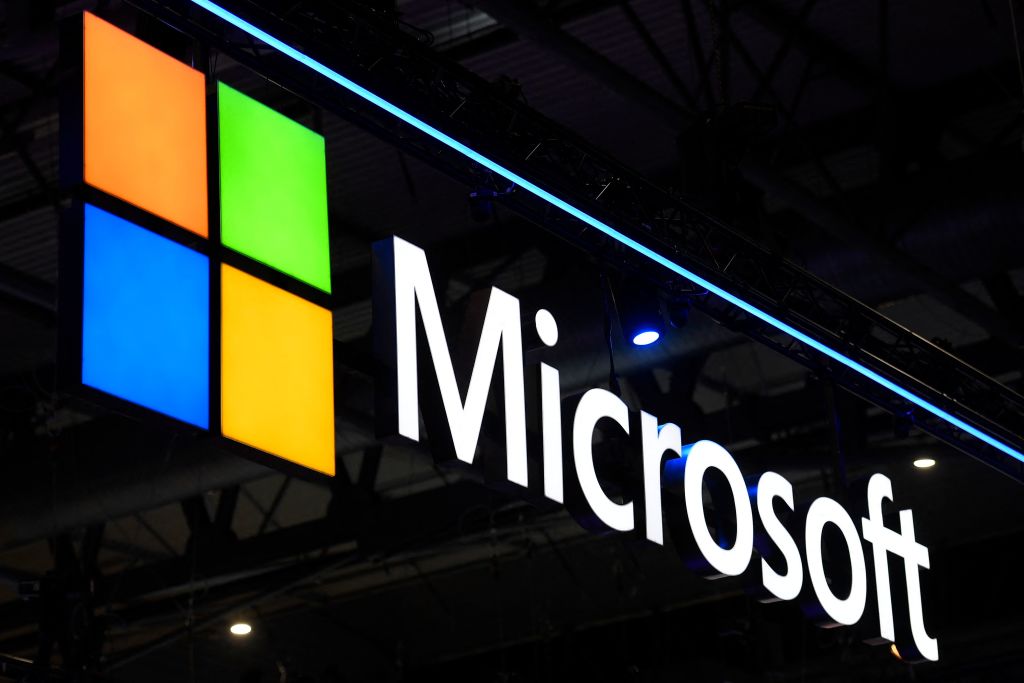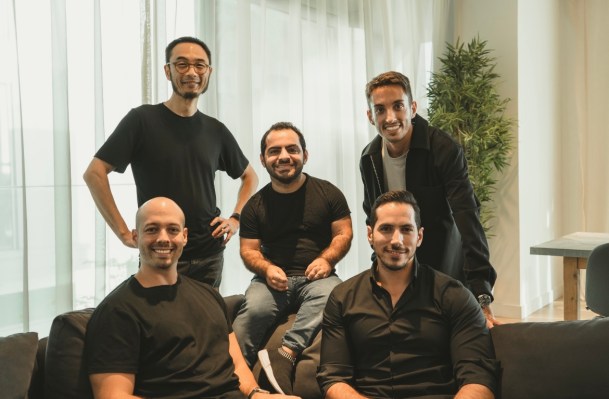Microsoft Azure expands its telco solutions
New smartphones may get most of the headlines at MWC, but at its core, the annual trade show is still a telco event. It’s maybe no surprise then that the large cloud providers, who are all vying for the lucrative telco market, also made a few announcements ahead of the event. AWS jumped ahead of its competitors by announcing its news a week early and today, it’s Microsoft’s turn. The new features the company today announced for telco’s using its Azure cloud services focus on four areas: network transformation, automation and AI, network-aware applications and what Microsoft calls “ubiquitous computing from cloud to edge.”
“The future hyperscale cloud is going to look a lot different than the cloud we have today,” Jason Zander, Microsoft’s EVP for Strategic Missions and Tech, told me. “Our expectation is that it’s going to expand; it will be a highly distributed fabric; it’s going to span from 5G to space. That future — this intelligent cloud, this intelligent edge — has to be powered by a modern network infrastructure. And it’s going to enable a new type of application and we need a new connectivity paradigm for that. We call that modern connected applications. Basically, we’re on track to give you applications that can be connected anywhere, anytime on the entire planet. That’s where we’re headed and we want to make sure that we are part of that future. And it’s a natural extension of the cloud and also an opportunity for us to partner with the telecommunications industry.”
As he noted, Microsoft believes that a modern network infrastructure will drive a lower total cost of ownership for its telco partners while also helping them modernize and monetize their existing infrastructure. To do so, Microsoft is launching Azure Operator Nexus today, its next-gen hybrid cloud platform for communication service providers. It allows these companies to run their carrier-grade workloads both on-premises and on Azure.
“AT&T made the decision to adopt Azure Operator Nexus platform over time with expectation to lower total cost of ownership, leverage the power of AI to simplify operations, improve time to market and focus on our core competency of building the world’s best 5G service,” said Igal Elbaz, Senior Vice President, Network CTO, AT&T.
It’s not just about software, though. Zander explained that when Microsoft first approached this space, the company thought that it could simply apply the same technology it had built for Azure and apply it to the telco space. But that didn’t work. “It’s a combination of hardware, hardware acceleration, and the software that goes with it,” Zander explained. “This is important, because Microsoft has a set of edge cloud hardware — but it’s not built for it. When you see vendors talking about using the same thing to run an IT workload as they are planning on running a telco network, it doesn’t work and it’s exactly why we’ve made this multi-year investment.”
As part of today’s announcements, Microsoft is also launching Azure Communications Gateway, its service for connecting fixed and mobile networks to Teams, into general availability and it’s launching Azure Operator Voicemail, a service that allows operators to migrate their voicemail (remember voicemail?) services to Azure as a fully managed service.
On the AI front, Microsoft is launching two new “AIOps” services — Azure Operator Insights and Azure Operator Service Manager. Operator Insights uses machine learning to help operators analyze the massive amounts of data they gather from their network operations and troubleshoot potential issues, while Service Manager helps operators generate insights about their network configurations.
With this announcement, Microsoft is also putting an emphasis on building network-aware applications. For the most part, this is about managing quality of service for specific applications. That may be 5G data from autonomous cars or connecting next-gen flying vehicles like the Volocopter, a company Microsoft has partnered with for a while, to the cloud. As Zander noted, this requires a back and forth between the carriers and developers — and since no developer is going to create a service that only works on one network, there needs to be some interoperability here. With the Linux Foundation’s Project Camara, Microsoft, Google Cloud, IBM, Ericsson, Intel and others have been working with carriers like AT&T, Deutsche Telecom, Orange, T-Mobile US, Telefonica, TELUS and Vodafone to create an open API standard for some of this work. “They get it. They know they want to differentiate — but they also know that if there’s fragment in the app ecosystem, it’ll just stall one way or the other,” said Zander.
Also new today is the general availability of the Azure Private 5G Core and Microsoft’s multi-access edge compute (MEC) service.





